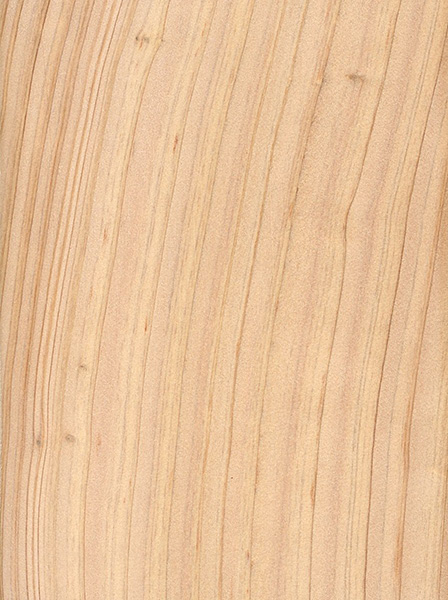Atlantic White Cedar
Color/Appearance: Heartwood is a light reddish brown. Narrow sapwood is pale yellow-brown to almost white and is clearly demarcated from the heartwood.
Grain/Texture: Grain is straight, with a fine uniform texture.
Endgrain: Resin canals absent; earlywood to latewood transition gradual, color contrast medium; tracheid diameter small-medium; zonate parenchyma.
Rot Resistance: Reported to be durable to very durable regarding decay resistance.
Workability: Easy to work with both hand and machine tools. Holds paint well. Stains, glues, and finishes well.
Odor: Atlantic White Cedar has a characteristic cedar-like scent.
Sustainability: This wood species is not listed in the CITES Appendices, and is reported by the IUCN as being a species of least concern.
Common Uses: Boatbuilding, carving, siding, shingles, and construction lumber.
Comments: Atlantic White Cedar has excellent stability and decay resistance, but isn’t nearly as hard or strong as its west coast counterpart, Port Orford Cedar. Atlantic White Cedar is also sometimes referred to as Southern White Cedar to differentiate it from Northern White Cedar of the Juniperus genus.



